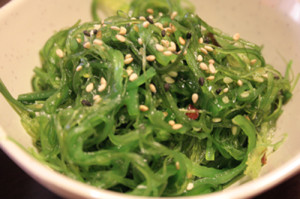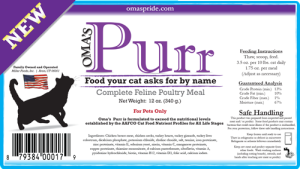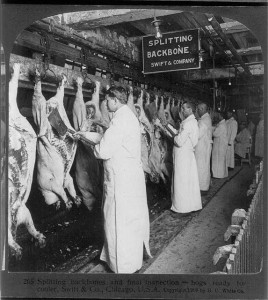This descriptive longitudinal study was conducted to investigate the fecal shedding of Shiga toxin-producing E. coli (STEC) in finishing swine and to characterize the swine STEC isolates that were recovered.
 Three cohorts of finishing swine (n = 50/cohort; total 150 pigs) were included in the longitudinal study. Individual fecal samples were collected every 2 weeks (8 collections/pig) from the beginning (pig age 10 weeks) to the end (pig age 24 weeks) of the finishing period. STEC isolates were recovered in at least one sample from 65·3% (98/150) of the pigs, and the frequency distribution of first-time STEC detection during the finishing period resembled a point-source outbreak curve.
Three cohorts of finishing swine (n = 50/cohort; total 150 pigs) were included in the longitudinal study. Individual fecal samples were collected every 2 weeks (8 collections/pig) from the beginning (pig age 10 weeks) to the end (pig age 24 weeks) of the finishing period. STEC isolates were recovered in at least one sample from 65·3% (98/150) of the pigs, and the frequency distribution of first-time STEC detection during the finishing period resembled a point-source outbreak curve.
Nineteen O:H serotypes were identified among the STEC isolates. Most STEC isolates (n = 148) belonged to serotype O59:H21 and carried the stx2e gene. One O49:H21 STEC isolate carried the stx2e and eae genes. High prevalence rates of STEC during the finishing period were observed, and STEC isolates in various non-O157 serogroups were recovered. These data enhance understanding of swine STEC epidemiology, and future research is needed to confirm whether or not swine STEC are of public health concern.
Shiga toxin-producing E. coli (STEC) in swine: prevalence over the finishing period and characteristics of the STEC isolates
Epidemiology and Infection / Volume 143 / Issue 03 / February 2015, pp 505-514
M. Tseng, P.M. Fratamico, L.Bagi, D. Manzinger and J.A. Funk










